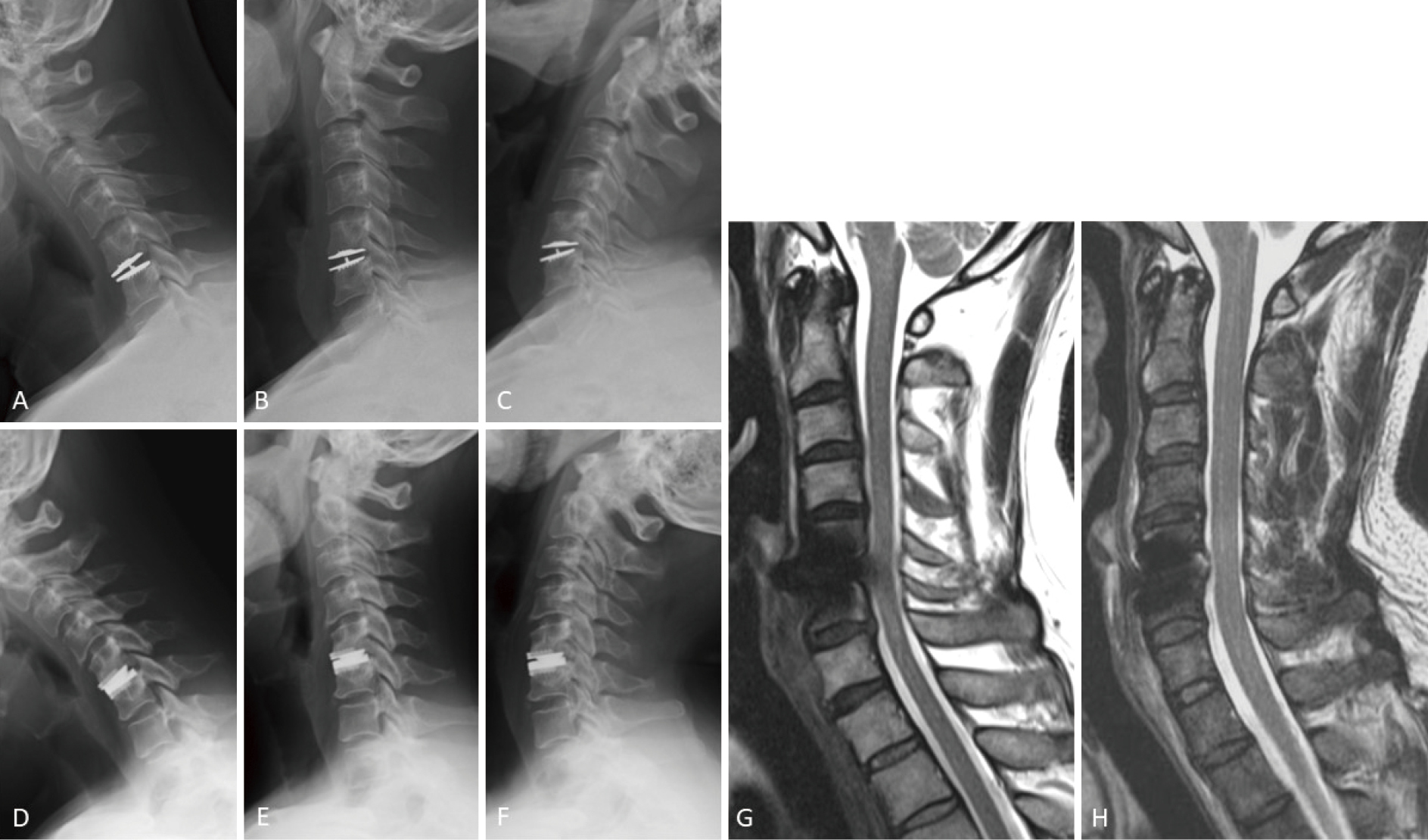- 著者
- Kazuma DOI Yukoh OHARA Takahiro OUCHI Rie SASAKI Futaba MAKI Junichi MIZUNO
- 出版者
- The Japan Neurosurgical Society
- 雑誌
- NMC Case Report Journal (ISSN:21884226)
- 巻号頁・発行日
- vol.9, pp.145-149, 2022-12-31 (Released:2022-05-31)
- 参考文献数
- 16
- 被引用文献数
- 3
Various COVID-19 vaccines are associated with numerous adverse side effects. Associations between vaccinations and neurological disorders, such as transverse myelitis, stroke, Bell's palsy, acute disseminated encephalomyelitis, and Guillain-Barré syndrome, have been reported. A 27-year-old Japanese woman presented with paresthesia four days after receiving a second dose of the COVID-19 vaccine. One month after vaccination, she started to feel left lower limb weakness, and her symptoms almost improved after two steroid pulse therapies. Spinal cord tumor biopsy could potentially help make a definitive diagnosis in clinical situations. However, it is very important to review the patient's medical history, including vaccinations received, before performing a direct spinal cord biopsy, which is invasive and does not guarantee a definitive diagnosis.
- 著者
- Toshihiro TAKAMI Takeshi HARA Masahito HARA Toshihiko INUI Kiyoshi ITO Izumi KOYANAGI Junichi MIZUNO Masaki MIZUNO Hiroyuki NAKASE Nobuyuki SHIMOKAWA Taku SUGAWARA Shinsuke SUZUKI Toshiyuki TAKAHASHI Masakazu TAKAYASU Satoshi TANI Kazutoshi HIDA Phyo KIM Hajime ARAI Neurospinal Society of Japan The Japan Neurosurgical Society
- 出版者
- The Japan Neurosurgical Society
- 雑誌
- Neurologia medico-chirurgica (ISSN:04708105)
- 巻号頁・発行日
- pp.2022-0148, (Released:2022-10-13)
- 参考文献数
- 74
- 被引用文献数
- 2
Anterior cervical disc replacement (ACDR) using cervical artificial disc (CAD) has the advantage of maintaining the range of motion (ROM) at the surgical level, subsequently reducing the postoperative risk of adjacent disc disease. Following the approval for the clinical use in Japan, a post-marketing surveillance (PMS) study was conducted for two different types of CAD, namely, Mobi-C (metal-on-plastic design) and Prestige LP (metal-on-metal design). The objective of this prospective observational multicenter study was to analyze the first 2-year surgical results of the PMS study of 1-level ACDR in Japan. A total of 54 patients were registered (Mobi-C, n = 24, MC group; Prestige LP, n = 30, PLP group). Preoperative neurological assessment revealed radiculopathy in 31 patients (57.4%) and myelopathy in 15 patients (27.8%). Preoperative radiological assessment classified the disease category as disc herniation in 15 patients (27.8%), osteophyte in 6 patients (11.1%), and both in 33 patients (61.1%). The postoperative follow-up rates at 6 weeks, 6 months, 1 year, and 2 years after ACDR were 92.6%, 87.0%, 83.3%, and 79.6%, respectively. In both groups, patients' neurological condition improved significantly after surgery. Radiographic assessment revealed loss of mobility at the surgical level in 9.5% of patients in the MC group and in 9.1% of patients in the PLP group. No secondary surgeries at the initial surgical level and no serious adverse events were observed in either group. The present results suggest that 1-level ACDR is safe, although medium- to long-term follow-up is mandatory to further verify the validity of ACDR for Japanese patients.
- 著者
- Kazuma DOI Satoshi TANI Toshiyuki OKAZAKI Junichi MIZUNO
- 出版者
- The Japan Neurosurgical Society
- 雑誌
- Neurologia medico-chirurgica (ISSN:04708105)
- 巻号頁・発行日
- pp.2022-0325, (Released:2023-04-06)
- 参考文献数
- 16
Cylindrical cages were known to cause subsidence after anterior cervical discectomy and fusion (ACDF); hence, they were gradually replaced by box-shaped cages. However, this phenomenon has been inconclusive due to limited information and short-term results. Therefore, this study aimed to clarify risk factors for subsidence after ACDF using titanium double cylindrical cages with mid-term follow-up periods. This retrospective study included 49 patients (76 segments) diagnosed with cervical radiculopathy or myelopathy caused by disc herniation, spondylosis, and ossification of the posterior longitudinal ligament. These patients underwent ACDF using these cages from January 2016 to March 2020 in a single institution. Patient demographics and neurological outcomes were also examined. Subsidence was defined as a ≥3-mm segmental disc height decrease at the final follow-up lateral X-ray compared to that on the next day postoperatively. Subsidence occurred in 26 of 76 segments (34.7%) within the follow-up periods of approximately three years. Multivariate analysis using a logistic regression model demonstrated that multilevel surgery was significantly associated with subsidence. The majority of patients achieved good clinical outcomes based on the Odom criteria. This study demonstrated that multilevel surgery was the only risk factor of subsidence post-ACDF with double cylindrical cages. Despite the relatively high subsidence rates, the clinical outcome was almost good at least during the mid-term period.

